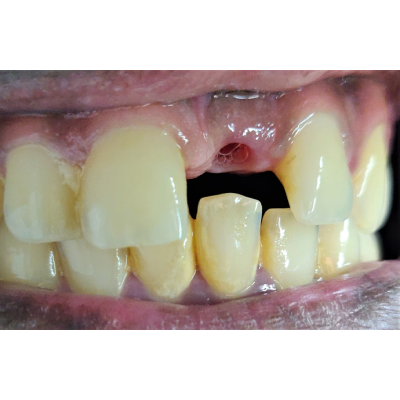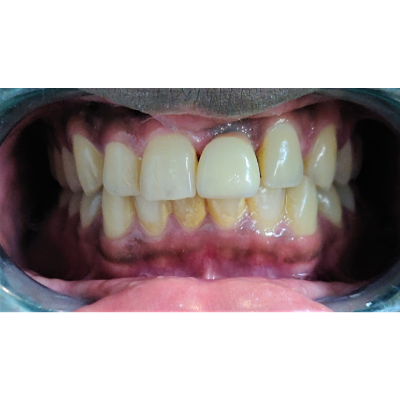What are Dental Implants?
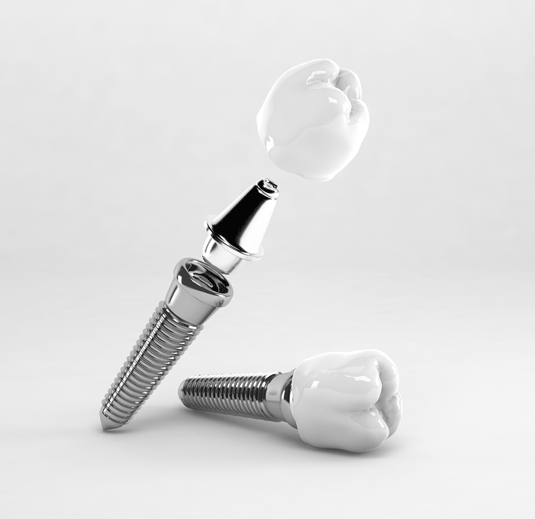
Simply put, your natural tooth is comprised of two main parts – the root portion, which is the part of the tooth in the bone and the crown; what you see in the mouth. Dental Implants replace the root portion of your lost tooth then an additional portion is placed that extends above the gum line to support whatever type of final restoration is needed such as a crown, bridge or denture.
How do I begin the Implant Process?
The dental implant process involves several steps – each one essential to ensure the long-term success of the implant and final restoration.
The first thing you would do is to let your dentist know that you are interested in finding out more about dental implants. Your dentist will discuss your specific dental issues with you, take some diagnostic x-rays and let you know if your dental and medical health makes you a good candidate for this type of procedure. Not everyone can have a dental implant placed since you need to have a certain amount of bone available to support an implant. Your dentist will check to see how much bone volume and density you have in the area where your tooth is missing. If you have deficient bone levels, you may be able to have a bone regeneration procedure done which is designed to help restore bone to an area.
Your medical history will be reviewed. Make sure to disclose any underlying conditions and what medication you are regularly taking. If you are suffering from periodontitis, this should be treated before the process begins.
Diseases such as diabetes and other autoimmune conditions have significant effect on treatment outcomes. Patients with uncontrolled diabetes will experience delayed healing.
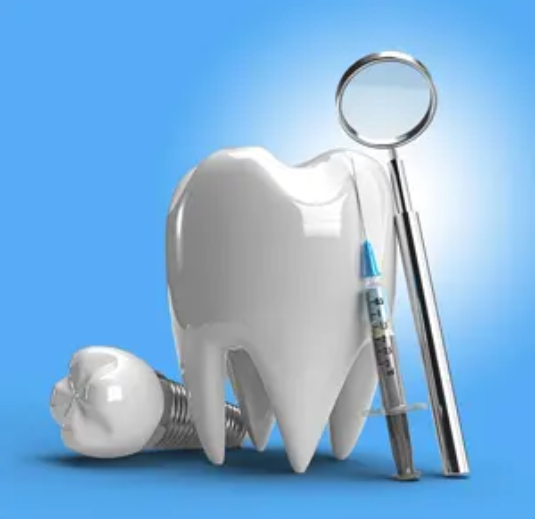
What are Diagnostic Appointment
First Stage – At this appointment, the implant post is inserted into your jawbone. The site is then closed with sutures. This stage can usually be performed using local anaesthetic. You will then return to the practice about 7-10 days later to have the sutures removed and the surgical site examined. The site is then left to heal for several months for OSSEOINTEGRATION. Osseointegration is the implant and bone fusing. During this time, bone cells grow around the post so that the jawbone and post become fully and firmly fused together. The material of the rod is biocompatible, which means bone can grow into it. This is what makes dental implants such a durable solution. This fusion period is essential so that the implant will not move and is strong enough to support the final type of crown, bridge or denture that will be place on it.
Second Stage – At this stage, the implant site is then reassessed and evaluated to determine if the implant and bone have fully fused with one another. If fusion has been successful, then another type of post, called an abutment, is placed into the implant post. This abutment extends above the gum line and an impression is taken. This impression is used by the dental laboratory to create your custom crown, bridge or denture. Sometimes a healing abutment is placed instead of abutment and abutment will be fixed at the time of final delivery of cap.
Third Stage – Your final crown or bridge is cemented or screwed permanently to the abutment. If you are having a denture made, it can be made to be permanently fixed to this abutment or a removable alternative can be made.
Night Guard Protection – If you have a grinding or clenching habit, your dentist will recommend that your wear a night guard while you sleep to protect your implants and your investment from the destructive forces of this habit.
Follow Up Visits – Dental Implants are to be cared for as you would your own natural teeth. Maintaining your regular dental re-care visits is crucial to the implant’s success. Like any body part that is replaced, attending to re-examination appointments allows the dentist to evaluate the stability and health of the implant, bone and gum. Understanding that all of the teeth and their supporting bone/gum structures work together and support one another will help you appreciate why the health of all the parts of your oral cavity have a direct effect on your implant also.
Success
Dental implants have the highest success rate of any other tooth replacement option. Implants have been around in dentistry for well over 50 years! They are designed to last a lifetime, so they are well worth the investment. The great news is that if you ever need to have the crown, bridge or denture replaced or replaced, it can be done so without ever even affecting the implant itself!
The long-term success of any replaced part of the body, requires regular re-care examinations and maintenance so that the site and surrounding areas can be closely monitored for health. Your regularly maintained dental visits allow your dentist to inspect the implant for the presence of inflammation, bone loss, mobility etc. as well as the integrity/functioning of the restoration that is attached to the implant. As with any unhealthy condition in the body, early detection is key to effective and successful repair treatment.
Anterior Immediate Implant placement - Ankylos - Zirconia Crown
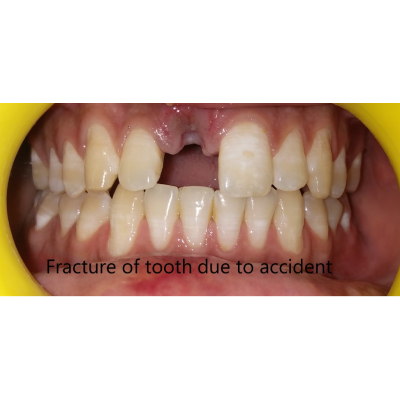










Dental implant procedure timeline
The implant placement itself can take as little as a few hours, which includes time for anaesthesia. The whole process can take up to two years, though. There are a few things that indicate how long the whole thing takes:
- your general dental and gum health,
- the number of teeth you want to replace,
- which teeth you want to replace,
- whether you need extractions, and
- whether your jawbone requires grafting.
If you don’t need additional procedures and your oral health is up to par the implant process can take around nine months. Here is a quick sum-up of how long each stage might take:
STAGE | DURATION |
|---|---|
Consultation and treatment plan | Up to a few weeks to schedule |
Extractions | Might take a few weeks to schedule and up to ten days of healing |
Bone grafting | Might take up to a few weeks to schedule and can includes up to 6 months of healing |
Implant placement | A couple of hours |
Osseointegration | Can take up to 4 months for your lower jawbone and up to 6 months for the upper jawbone |
Healing collar | Stays in your mouth for up to 14 day |
Abutment placement | Includes 2 weeks of healing |
Temporary crown | You might wear it for a few weeks while the permanent one is being made |
Artificial tooth or teeth placement | At least two dental visits, which can mean at least a week |
Post-procedure | A few days to heal, a check-up a few weeks after the final procedure |
There are solutions that give you one-day implants. It is an All-On-4 method completed in 24 hours, but not everyone is a candidate for this.
Anterior implant supported Zirconia crown
